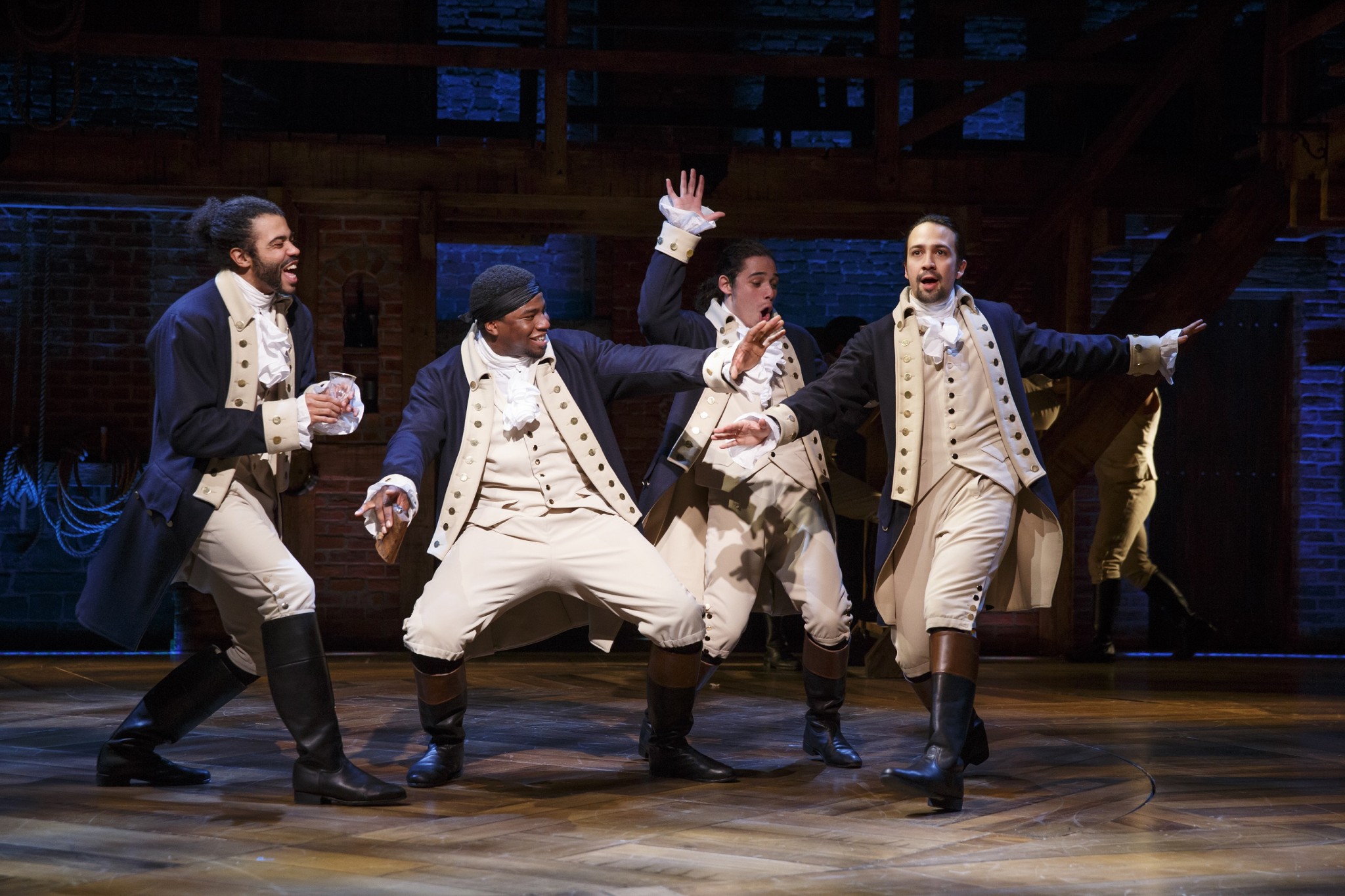



“The songs guided me in enough of a direction that I didn’t need to go that deep into what was happening in the era.”Įven if musicals have no special obligation to historical accuracy, it is notable that the oft-retold story that shapes that pivotal moment in Act I - British drummers playing a march called “The World Turned Upside Down” to accompany the Yorktown retreat - is apocryphal. “There’s a certain point where you feel like you might be trying to be clever for clever’s sake,” he said. Lacamoire intentionally avoided overplaying such references. And he cast a ball scene in Act I as a gavotte, a popular dance form in the colonies.īut Mr. He researched instruments that were prevalent in the Colonial era and subsequently incorporated snippets of strings, recorder, fortepiano, hammered dulcimer, field drum and even glass harmonica (an invention of Benjamin Franklin) throughout the score. Lacamoire did seek to capture the sound of early America with a handful of subtle coloristic touches. To me, the violins were much more emotive and much more ‘dolce.’”Īs the orchestrator of Mr. For whatever reason, the violin didn’t seem to speak to that portrait of Jefferson that we were seeing. “He’s a little bit more biting and loves the audience and is a little bit more of a showman. “The way Jefferson is in our show, the way he’s represented, he’s got a little bit of a killer instinct to him,” Mr. Thomas Jefferson was a proficient violinist who described music as “the favorite passion of my soul” and once characterized American musical culture as “in a state of deplorable barbarism.” But Jefferson-as-violinist didn’t necessarily suit the purposes of “Hamilton.” (In “Hamilton,” this domestic music-making is transposed to Alexander’s son Philip and his wife Eliza.) The family piano was a gift from Angelica Schuyler Church, his sister-in-law and a key character in the musical. Alexander Hamilton was fond of singing and performed duets at the piano with his daughter. Loyalists subsequently fired back with their own revamp, mocking the patriots: “Come shake your dull noddles, ye pumpkins and bawl, and own that you’re mad at fair liberty’s call.” Such dueling sets of political lyrics represent a kind of Colonial counterpart to the hip-hop battles of “Hamilton.”Īnd though it’s not emphasized in the show, several of the starring founding fathers were musicians themselves. One of the most popular of these propagandistic reworkings was John Dickinson’s 1768 “Liberty Song.” A founding father, Dickinson took the tune of the beloved British naval anthem “Heart of Oak” and exchanged its original text (“Come, cheer up, my lads, ‘tis to glory we steer, to add something more to this wonderful year”) for a political provocation (“Come, join hand in hand, brave Americans all, and rouse your bold hearts to fair liberty’s call”).


 0 kommentar(er)
0 kommentar(er)
